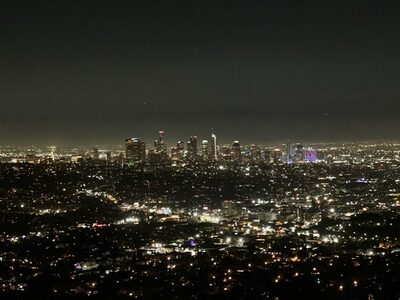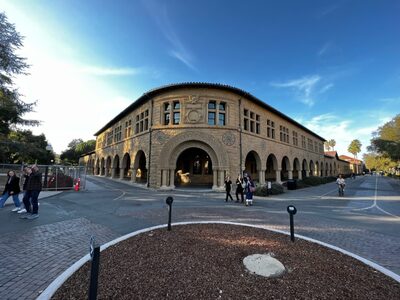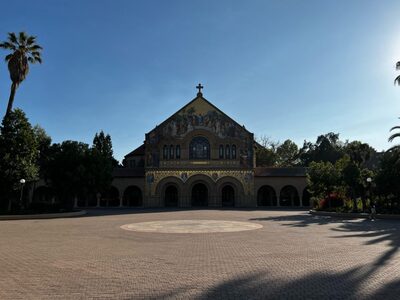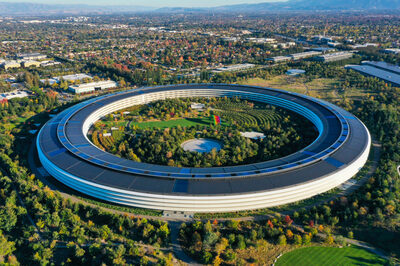PYGIO’S US tech tour: We recently visited SF and the greater Bay Area, LA, St. George Utah, Vegas, Boston, DC and NYC in particular. There is a lot to unpack from this trip, so we decided to break it up into a two-part series of posts. We started our trip in California.
Part 1/2: West Coast
Like most non-US citizens in tech, Silicon Valley is the famed Mecca for our industry. Big Tech, Big Pharma and just about every world-changing company in the last 50 years calls the Bay Area home. Because of this, California is set to become the 5th largest economy in the world, overtaking Germany.
Something interesting happened: when one visits these places, the mystery and folklore shrouding these companies evaporates and one sees these companies for what they are, organisations of people with a common goal. Nothing more and nothing less (ok, maybe a boatload of capital to back them up too).









45 minutes outside of San Francisco, one finds themself in terribly boring Los Altos, Menlo Park, Palo Alto, Cupertino and surrounding areas. But make no mistake, they are boring by design. These areas exist as start-up factories, with no furnishings of high-end restaurants, bars, cafes, comedy clubs and other distractions. As monks seek pilgrimage to secluded, faraway lands, isolated from mainstream society, so too do ambitious startup founders seek out Silicon Valley to find isolation and enlightenment. This is exactly why people who are serious about changing the world live there: a community of shared dogmatic belief, monk-like sacrifice and hard work.
The people that live in Silicon Valley are there to find out if they have what it takes to build a best-of-class company, with role-model organisations in its backyard (Googleplex, Apple Park, Meta Compound, Tesla, Microsoft to name a few). These campuses are modern-day temples; manifestations of their beliefs in a better, more tech-enabled world. Take Apple’s ‘spaceship’, nestled in Apple Park, for instance. When Dimitri saw the building, the first thing he exclaimed (being Greek) was that ‘this is the new Parthenon’, alluding to Athen’s place as the intellectual and power capital of the ancient world, with the Parthenon being it’s shrine built in honour of Athena, goddess of Wisdom.
But why is there so much talent concentrated in the Bay Area? Part of the answer lies in Stanford University, which we also visited. Located on University Avenue this is a tinderbox sparking some of the most curious minds. The ecosystem exists because of the young energy, work ethic and open-mindedness at Stanford. Of course, at the other end of the graduation ceremony, hordes of capital allocators sitting on Sand Hill Road are ready to latch onto the next bright-eyed founder. The ecosystem works. This was evident by walking through the university and noticing the building names: The William Gates Centre for Computer Science, William R. Hewlett Center for Teaching, David Packard Center of Electrical Engineering. Elon Musk, Larry Page, Reed Hastings, Peter Thiel and so many others were products of Stanford.
By the end of our tour of the Bay Area and Silicon Valley, sitting on the Stanford Lawns sipping on our third nitro cold brew of the day (each), we were overcome with a profound sense of optimism. What we had learnt over the past few days of following our heroes, from university to trillion-dollar success stories were as follows:
- Be on the cutting edge of your field: every company we met in SV was putting themselves out there, taking massive risk trying to commercialise a technology that was nowhere near ready.
- Hard work, and a sense of urgency are key: move fast, fail fast and compress your timelines by at least a factor of 2x to achieve the desired result. Use capital as an enabler and accelerant in your mission.
- Seek high-quality people you see yourself working with for the rest of your life: immigrants coming to the US usually seek out networks of like-minded people either to work with or raise capital from. Top-tier universities are a great example of access points to such networks.
We were fortunate enough to meet the leaders of the following companies. These people shaped our experience, and we’d like to acknowledge and thank them for their time:
One of the founders we met stated that: “To be in Silicon Valley is to work 16 hour days, building your team and vision for a product*, aiming to change the world”. If that is not the most noble pursuit on Earth, please email us at [email protected] and share what would be a loftier goal to strive for.
_
*products are seen as the only way to make an impact in SV. Services business simply do not exist – but this is for a whole other post.


